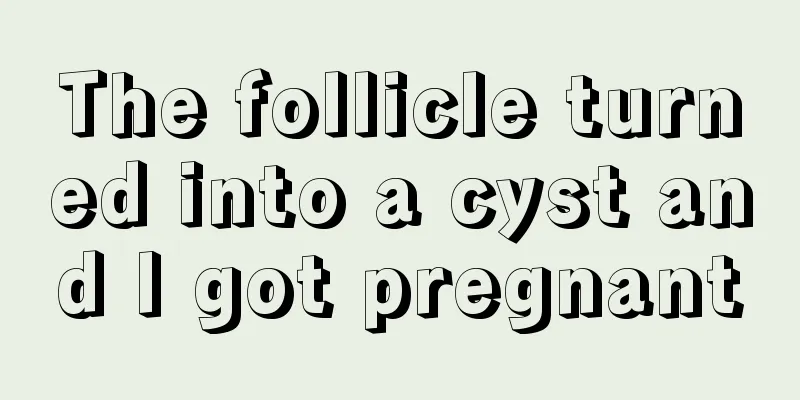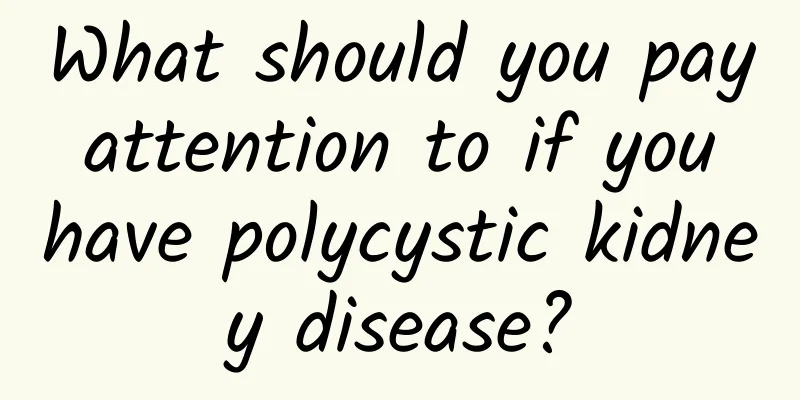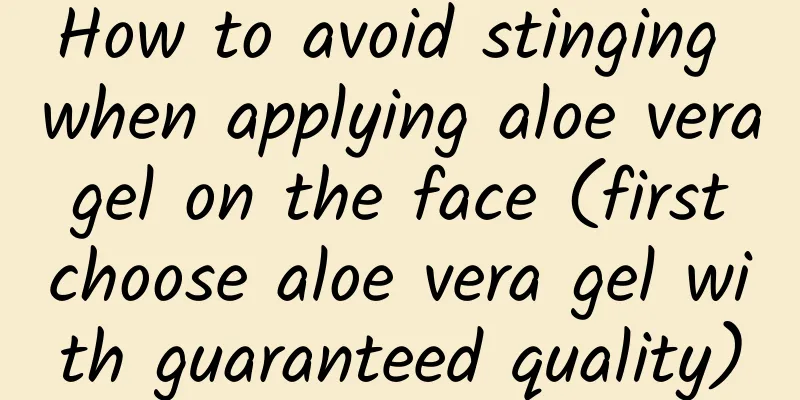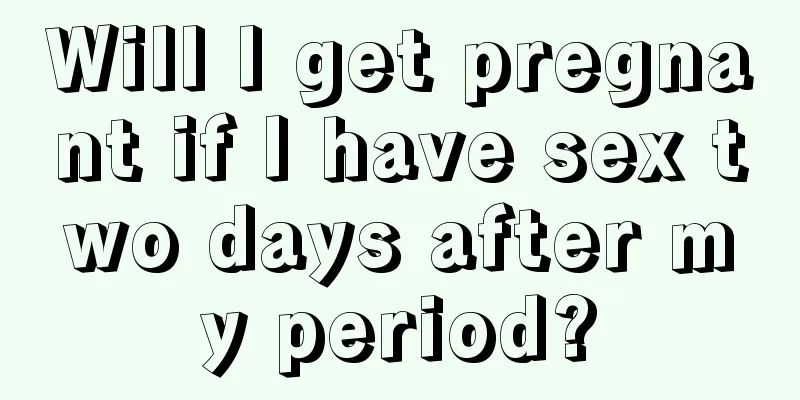The follicle turned into a cyst and I got pregnant

|
Many female friends will find that they have not ovulated for a long time, so they worry about the occurrence of follicular cysts. This is indeed possible, especially for a long time. Once the ovulation period is hindered, it will affect the output rate of egg cells, thereby affecting pregnancy. Below I will explain to you the relevant health education knowledge about follicular cysts. 1. What is the reason for pregnancy despite ovulation-induced follicular cysts? 1. Under normal circumstances, when the uterus develops to a certain diameter, it will become a mature follicle. The diameter of the egg generally does not exceed 1.5 cm. If the egg is deformed or ruptured during the growth process, a cystic egg will be formed. If the diameter exceeds 2.5 cm, it will become a follicular cyst. 2. Follicular cysts will affect women's pregnancy. We all know that if women want to have a baby, the health of the uterus and ovaries is very important. The uterus and ovaries will produce a certain amount of estrogen. If a normal person cannot ovulate, it will be absorbed and dissipated automatically after reaching a certain level, and will not affect pregnancy. However, if it is physiological, and the follicular cyst is not treated for a long time, it will gradually expand, and eventually the normal function of the uterus and ovaries will be suppressed, the endocrine function will be unbalanced, and the quality of the egg cells will be poor, affecting women's pregnancy. 2. What to do with follicular cysts Follicular cysts are generally discovered accidentally during gynecological examinations or cesarean sections without active symptoms. Follicular cysts will naturally be absorbed and disappear after 4-6 weeks. In some cases, the continued metabolism of estrogen by the egg causes excessive endometrial hyperplasia and postmenopausal vaginal bleeding, which can cause pseudo-precocious puberty in girls. Physiologic follicular cysts require prompt medical attention. Based on clinical symptoms, clinical features and the above tests, the criteria for diagnosing fetal and newborn cystic eggs and follicular cysts can be made. The former is classified as an egg diameter of 0.5-1cm and the latter is more than 1cm. The common methods of examining follicular cysts are: 1. Laboratory examination: female hormone test, tumor marker test. 2. Other auxiliary examinations: histopathological and physiological examinations. The above is the health education knowledge about ovulation follicular cysts. This will affect women's pregnancy, but pregnancy will occur. It will only affect, usually delayed fertilization, because the output of eggs is slowed down, which is usually related to the body's estrogen. It is recommended to see a doctor immediately after testing, and it can still be completely cured. |
<<: I'm a virgin but my vagina is itchy
>>: Illustration of the happy pulse and normal pulse
Recommend
Why do pregnant women have leg cramps in the middle of the night?
When a woman is pregnant, if she experiences cram...
What kind of background wall is better for your home? How to choose the background wall?
We all know that house decoration is a complicate...
Can pregnant women eat flower cakes?
Rose flower cake is a local specialty. It is fres...
Normal value of luteinizing hormone on the third day of menstruation
Luteinizing hormone (LH) is metabolized by the pi...
Why does my lower abdomen hurt?
Many women have pain in their lower abdomen and w...
Nutritional recipes for post-abortion
Many women do not pay enough attention to regulat...
What are the symptoms of late uterine
The early stage of the disease is not scary, but ...
Will vaginal candidiasis cause delayed menstruation?
Women’s physical health has a great impact on the...
Postpartum weight loss methods
The problem that most of our female compatriots a...
Sublingual medication can protect brain cells in acute ischemic stroke, the latest achievement of Fan Dongsheng's team from Peking University Third Hospital
Previously, more than 1,000 neuroprotective drugs...
Can premenstrual dysmenorrhea be treated?
There is a kind of pain in the world that boys ca...
Why do follicles grow slowly?
Whether the follicles develop well is the most cr...
7 foods to lock in youth and keep your face young
Health and longevity is a lifestyle habit and als...
Eye bags or under-eye bags, can’t tell the difference?
What?! There are still people who don’t know what...
What are the symptoms of secondary endometriosis?
Secondary endometriosis is a gynecological diseas...









